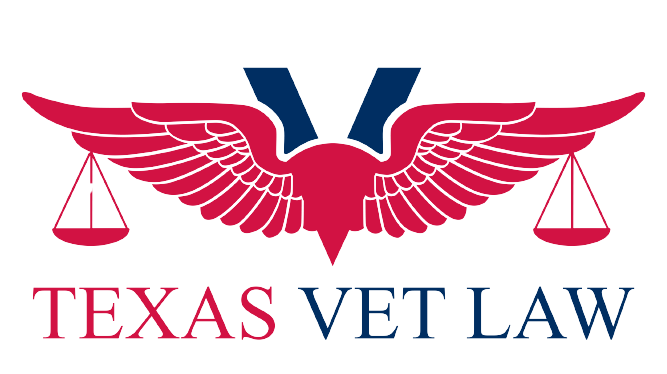Temporary vs. Permanent VA Disability Ratings

Navigating the Differences: Temporary vs. Permanent VA Disability Ratings
Understanding the nuances between temporary and permanent VA disability ratings is crucial for veterans and their families as they navigate the complexities of the VA benefits system. TexasVetLaw.com, a trusted VA benefits claim consulting firm, is dedicated to providing comprehensive guidance to disabled veterans and active military personnel. In this article, we delve into the distinctions between temporary and permanent VA disability ratings and explore how these classifications can impact the benefits you receive.
Deciphering VA Disability Ratings: Temporary vs. Permanent
VA Disability Ratings play a pivotal role in determining veterans’ compensation based on the severity of their service-connected conditions. Recognizing the difference between temporary and permanent ratings is essential for veterans to manage expectations and plan for the future.
Temporary VA Disability Ratings
Temporary ratings are assigned to conditions expected to improve over time, often related to ongoing treatment or recovery from surgery. Key features of temporary disability ratings include:
- Duration: Typically granted for a specific period, temporary ratings prompt the VA to reassess the veteran’s condition after the designated timeframe.
- Reexaminations: Veterans with temporary ratings undergo periodic medical reevaluations to assess improvements, worsening, or stability in their condition.
- Adjustability: Benefit amounts tied to temporary ratings may change based on subsequent VA assessments.
Permanent VA Disability Ratings
Permanent disability ratings are designated for conditions unlikely to significantly improve over time, reflecting chronic or lifelong consequences of service-related injuries or illnesses. Characteristics of permanent disability ratings include:
- Stability: Once a condition is deemed permanently disabling, routine reevaluations are less likely to occur.
- Predictability: Veterans with permanent ratings can anticipate a consistent benefit amount, providing financial stability.
- Total Permanent Disability (TDIU): In some cases, veterans unable to secure gainful employment due to permanent disabilities may qualify for Total Disability Individual Unemployability (TDIU) at the 100% disability rate.
Impact on Benefits
The type of disability rating directly influences veterans’ benefits:
- Compensation Amounts: Temporary and permanent ratings lead to different compensation amounts based on the severity and expected duration of the disability.
- Healthcare Benefits: Veterans with permanent disabilities may access additional healthcare benefits and services.
- Ancillary Benefits: Certain additional benefits, like Dependency and Indemnity Compensation (DIC) for survivors, may be more readily available to those with permanent disability ratings.
Navigating Changes in Ratings
Veterans should be aware that disability ratings can evolve. Depending on the veteran’s condition, temporary ratings can become permanent, and vice versa. Regular communication with the VA and prompt reporting of any changes in health status is essential.
Seeking Assistance
Understanding and managing VA disability ratings can be overwhelming. TexasVetLaw.com is here to assist veterans in navigating these complexities, ensuring they receive the appropriate rating and maximize their benefits.
Conclusion
Grasping the distinction between temporary and permanent VA disability ratings is vital for veterans seeking to optimize their benefits. Whether you’re a disabled veteran, a relative, or an active military member, comprehending these differences aids in future planning and financial stability. TexasVetLaw.com is committed to supporting veterans through this journey, providing expert guidance at every step.
Disclaimer: This article is for informational purposes only and does not constitute legal or tax advice. Consult a tax professional for advice on your specific situation.
